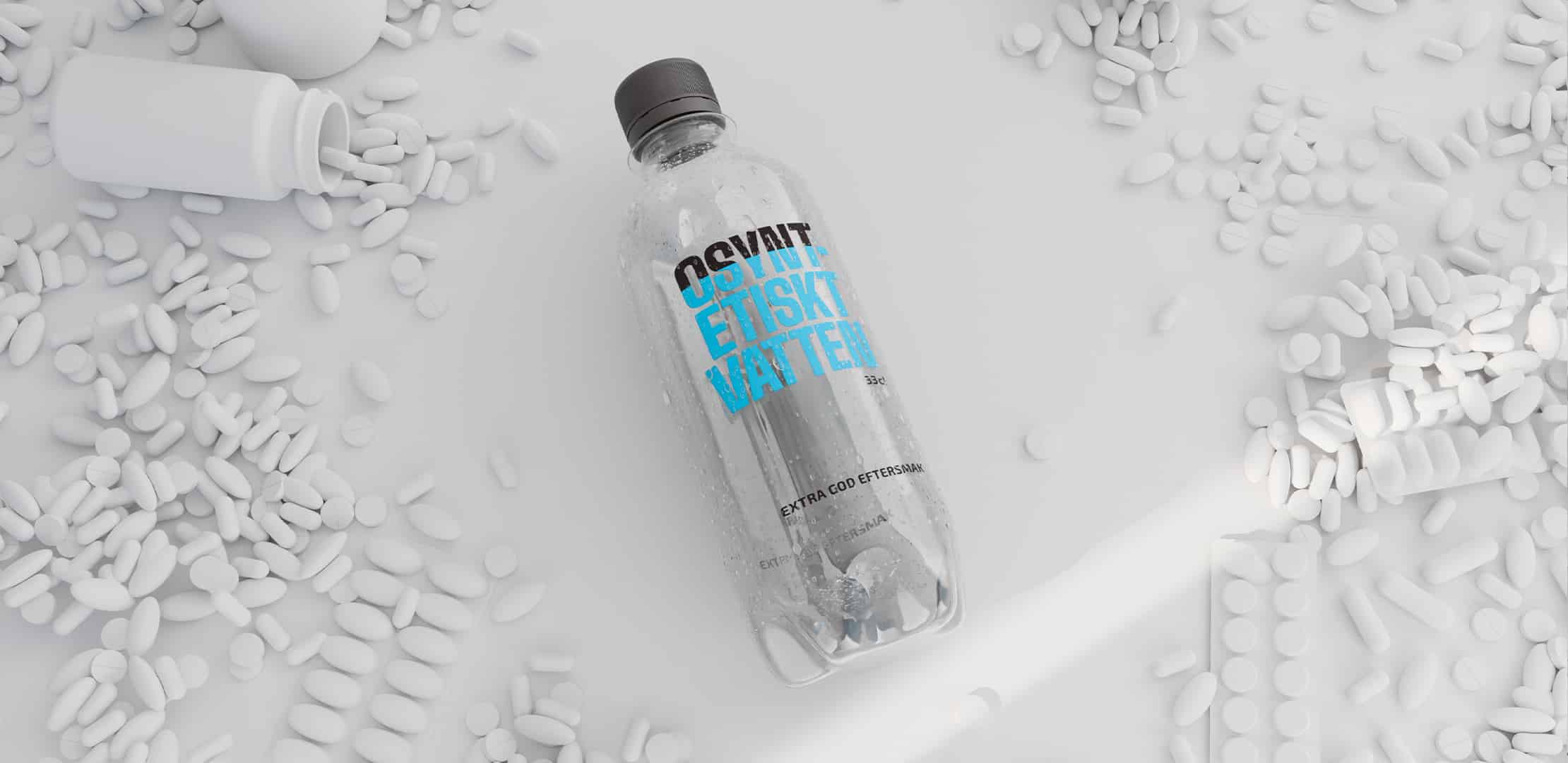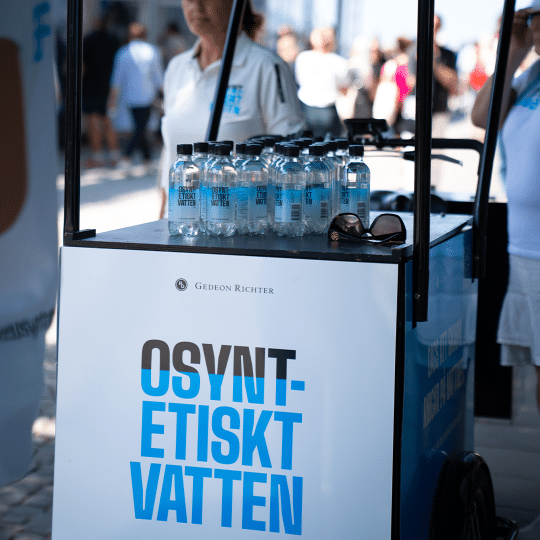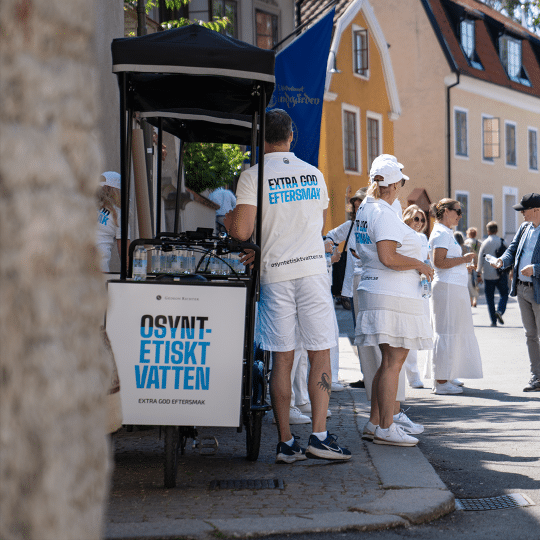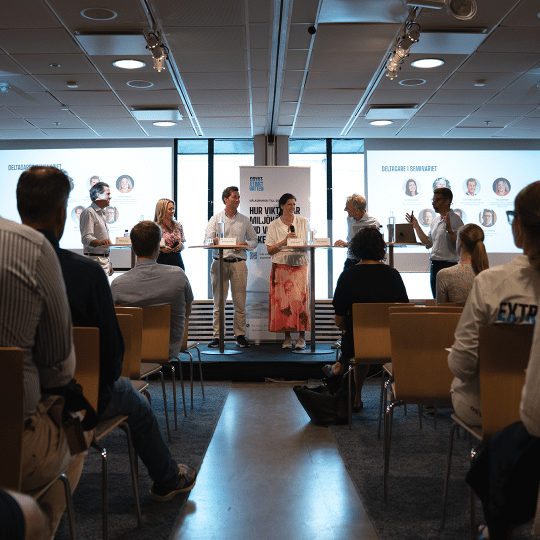How to Create a Movement Around Sustainable Pharmaceutical Choices

To successfully shift complex behaviours – such as how we choose pharmaceuticals – you need a cross-disciplinary approach. Only when multiple communication competencies join forces can an idea take off in Almedalen, land a feature on morning television, and eventually be written into Västra Götaland Region’s planning documents.
The case in brief
Challenge
A major pharmaceutical and biotech company wanted to raise awareness and spark debate around the importance of environmentally conscious prescribing. They faced two significant barriers: the perception that environmentally friendly drugs are less effective, and the difficulty of reaching key decision-makers in government and healthcare regions.
The goal was to involve policymakers, women, and healthcare professionals in a conversation about prioritising medications that benefit both human health and the environment.
Solution
We applied our own cross-disciplinary method – the Perspective Sprint – bringing together experts in environmental science, marketing, PR, storytelling, and design. Together, we developed both a strategic and tactical approach, resulting in a physical product that could carry the message and create ripple effects.
The product symbolised a vision of Swedish waters free from synthetic pharmaceutical residues: a bottle of unsynthetic water. This allowed the audience not only to read about our vision – but to taste it.
We launched the unsynthetic water during Almedalen Week, maximising visibility and engagement through multiple channels: a pop-up booth distributing free bottles, earned media, panel discussions, and policy recommendations.
Result
The campaign triggered a wave of awareness and engagement, directly reaching 30 key decision-makers. It garnered significant media coverage, including a feature on national TV, mentions in over 20 print and digital publications, and a seven-minute segment on TV4’s Nyhetsmorgon.
Our earned media reach exceeded 21 million, elevating the conversation about prioritising medicines that are safe for both health and the environment.
The discussion translated into tangible outcomes – notably in Västra Götaland Region’s 2026–2028 planning documents, which now state:
“VGR needs to account for the EU’s revised wastewater directive, which will impose stricter requirements for filtering pharmaceutical residues.”
The key to executing a campaign with this many layers – from public affairs to design and live events – was our Perspective Sprint methodology. Thanks to this, we could act quickly and reduce the time and resources usually required for a campaign of this scale and complexity.
And the work continues – driving the conversation forward, reaching new targets, and addressing future challenges.


